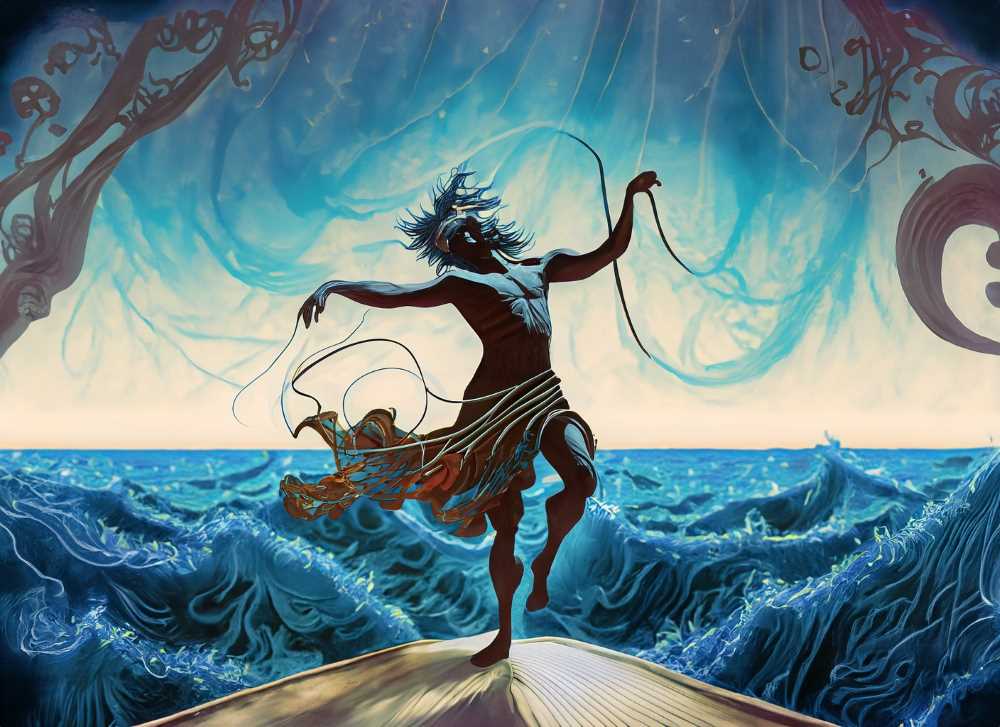How Tarantulas Turned Us into Dancers for Cure
The dance of Tarantella spins a tale of venom, passion, and salvation. Originating in the Middle Ages, it was believed to cure tarantula bites, melding music and movement to combat the venom’s fever.

In the rhythmic pulse of “Tarán tarán tarán tarán tarán tarán tarántula,” there lies a tale as old as time itself, one that melds together venom, passion, and salvation. The swift bite of a tarantula, a potent reminder of our vulnerabilities, could in the past send a person into a choking, gasping stupor. And yet, the solution to such a sinister affliction was not found in herbs or rituals but in music – the kind that grows in intensity, accelerating with every beat, pulling the victim from the precipice of despair.
Imagine the scene: A patient, bitten, choked, gasping for air. Yet, the moment the resonant sounds of “Tarán tarán tarán tarán” envelop them, there's a change. Like tendrils of magic, the melodies snake around, weaving an antidote from its rhythmic fabric. The fingers twitch first, then the toes, as the person is caught in the throes of two dueling fevers: one from the venom, the other from the potent elixir of music.




